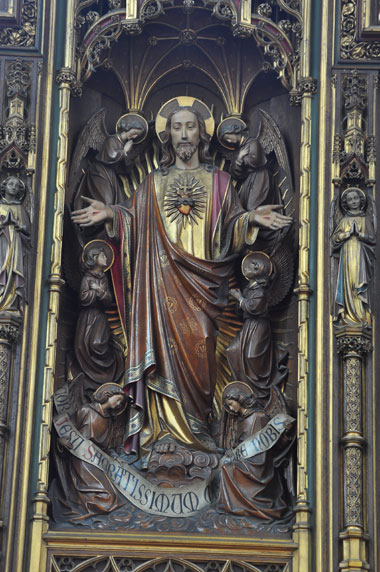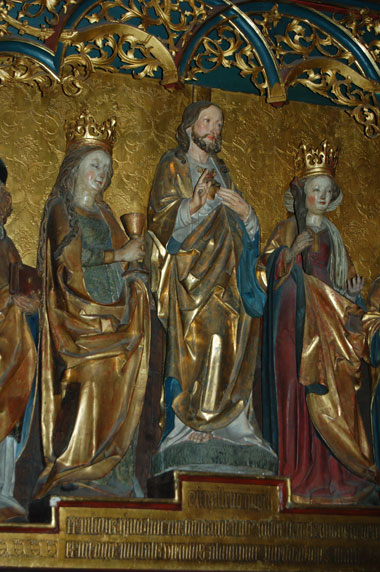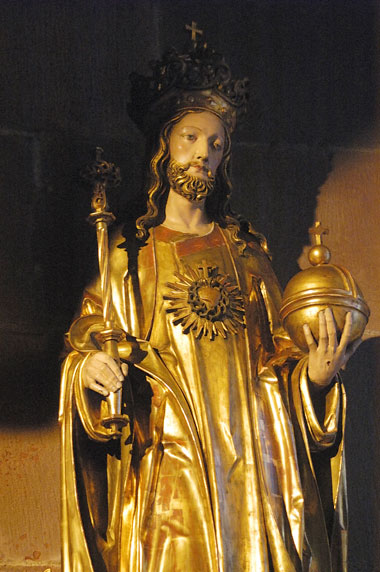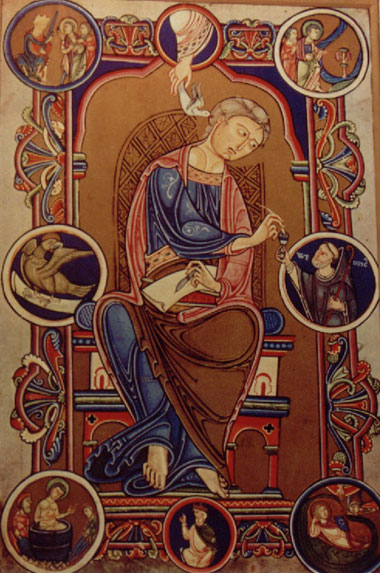“Thou shalt love the Lord thy God with thy whole heart, and with thy whole soul, and with thy whole strength. And these words which I command thee this day, shall be in thy heart” (Dt. 6:4-6). As a forerunning sign of the New Testament with its interior Law based on love, the Lord warned through the Prophet Jeremiah: “I will give my law in their bowels, and I will write it in their heart: and I will be their God, and they shall be my people” (Jer. 31:33-34). And through Ezekiel he announced: “And I will give you a new heart, and put a new spirit within you: and I will take away the stony heart out of your flesh, and will give you a heart of flesh” (Ez. 36:26). The prophet Zacharias foresaw that the Messiah would be killed and have his side pierced by a spear, and that a river of grace would pour upon men from His side: “And I will pour out upon the house of David, and upon the inhabitants of Jerusalem, the spirit of grace, and of prayers: and they shall look upon me, whom they have pierced: and they shall mourn for him as one mourneth for an only son, and they shall grieve over him, as the manner is to grieve for the death of the firstborn.” (Zac 12:9-10).




